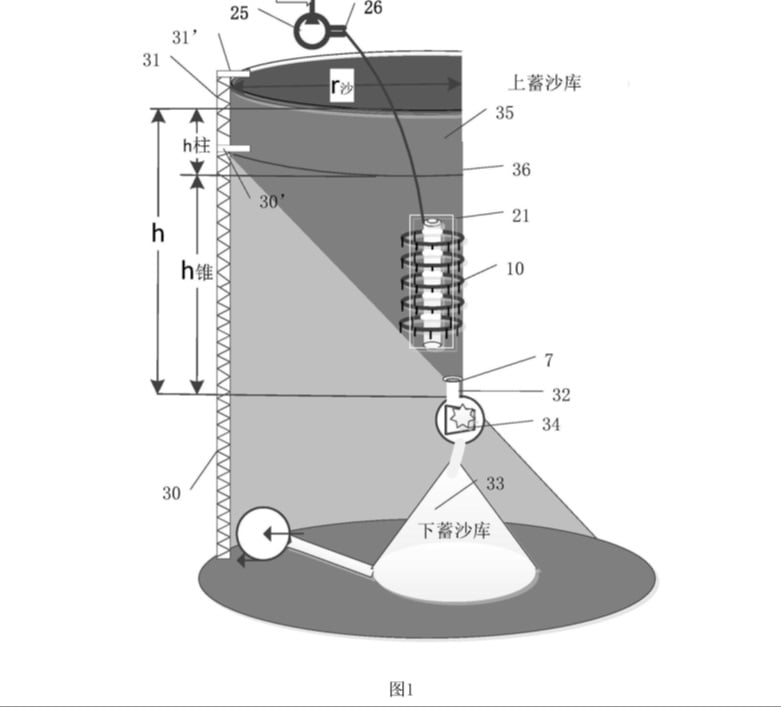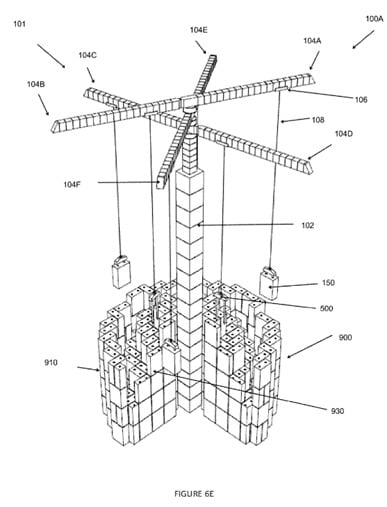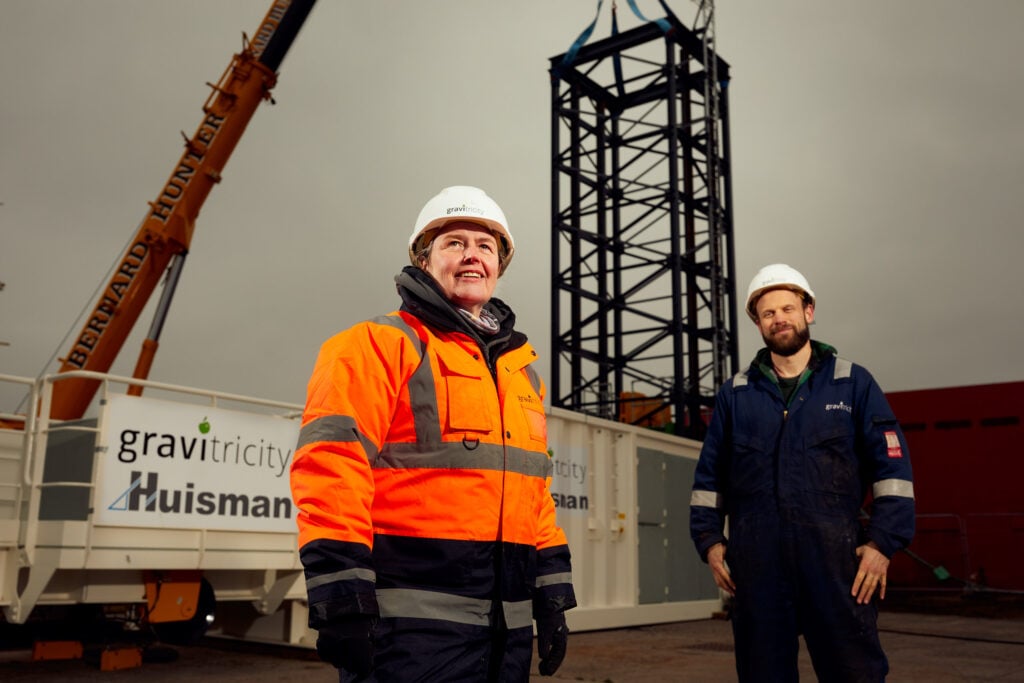

Patent lawyer Ben Lincoln from Potter Clarkson returns to the Energy-Storage.news Guest Blog, this time looking at gravity energy storage and what sort of IP is looking to be protected.
The move to renewable energy has created a significant need for energy storage capacity and gravitational energy storage is one of the technologies being developed to satisfy that need.
Enjoy 12 months of exclusive analysis
- Regular insight and analysis of the industry’s biggest developments
- In-depth interviews with the industry’s leading figures
- Annual digital subscription to the PV Tech Power journal
- Discounts on Solar Media’s portfolio of events, in-person and virtual
Gravity energy storage systems have inherent advantages in that they typically have a long operating life with a minimal maintenance burden. They are also relatively simple and do not require hazardous or scarce materials. However, looking at the patent filing activity, it is clear that there are still technical problems to solve.
In a previous Guest Blog for Energy-Storage.news, we have considered who are the Leaders in patent activity for non-electrochemical energy storage technologies. It was seen that patent filings in gravity based energy storage systems has been, on average, increasing year-on-year. 2023 was also full of commercial developments and brought news that Gravitricity and Energy Vault are moving forward with commercialising gravity energy storage systems around the world; Gravitricity are partnering with ABB and Green Gravity are scouting mining sites to repurpose as large-scale gravity energy storage facilities.
The principle of gravity based energy storage is to use an electric motor to lift a mass and thereby store energy as potential energy. This energy is then released by lowering the mass and generating electricity.
Therefore, given the relatively simple principles, what are the companies operating in this area seeking to protect with their patent filings?
Range of gravity storage ideas and designs
Institute of Electrical Engineering, Chinese Academy of Sciences

The Institute of Electrical Engineering, Chinese Academy of Sciences has obtained a patent right in an “air-sand energy storage power station” in Chinese patent CN 110905744 B.
The patent describes an upper sand storage warehouse (labelled 35 in the image) and a lower sand storage warehouse (labelled 33 in the image) and a gas supply system (labelled 10).
It is explained that “The gravitational potential energy of the sand and a fluidisation effect applied to the sand by the gas are utilised, and therefore, the viscous resistance of the sand is reduced, and gas-sand flow can be formed”.
Further, when “residual electricity exists, sand is lifted, compressed air is stored … and cross-time and cross-season energy storage is achieved.”
China Tianying Inc
China Tianying Inc have received grant of their Chinese patent CN 115013266 B, which describes a “a matrix gravity energy storage system control method”. The patent describes a frame structure having a series of layers in which mass blocks are located.
The system can raise mass blocks from a layer in the lower side of the structure to a layer in an upper side to store energy by way of two lift vehicles. During the generation of electrical energy the mass blocks are lowered in an order such that the descent time of the lift vehicles is the same “so that uninterrupted power generation can be achieved”. Accordingly, the Chinese Patent Office has recognised inventiveness in the way the mass blocks are moved in the matrix frame structure.
Energy Vault Inc

Energy Vault Inc received a granted US patent US 10,683,851 B2 for their energy storage system that stores and releases energy via the stacking of blocks. In particular, the claims of the patent, which define the scope of the protection, are focussed on a grabber for use in lifting and lowering blocks.
The claims, amongst other features, define a cross member coupleable to a cable of a crane and a pair of arms, wherein the grabber includes a conical end attached to each of the pair of arms that allow self-centering of the arms relative to openings of the blocks.
A possible embodiment of the energy storage system is shown in Figure 6E of the patent reproduced (left).

Gravitricity
In Gravitricity Ltd’s UK patent GB 2 585 124 B the energy storage system is said to enable a “gravity-based energy storage to have a significantly larger capacity in a single shaft for given capital cost and thus an improved cost per unit energy for large scale energy.”
The claims of the patent relate to first and second transporters that include transporter linages which can be coupled and decoupled from weights. The claims define the areas swept by a first and a second transporter when coupled to a weight and the swept area of the second transporter linkage without the weight. The arrangement is said to allow for multiple transporters in a compact shaft while providing minimal interruption in energy storage.
Weighing up the opportunities
Thus, in summary, while the concept of gravity based storage is relatively simple, patent protection is available when problems encountered in the development of effective and efficient commercial implementations of the technology are solved in a non-obvious way.
The selection of different weights to raise or lower at a particular time based on operating conditions may be implemented in software and therefore there may be little physical difference to the apparatus, but patent protection is available.
Obtaining patent protection for a configuration of hoists such that the system can operate in the confines of a mineshaft in an efficient way may be how to secure your part of the retrofitting market.
Identifying a commercial opportunity, innovating to make the opportunity operationally viable and obtaining intellectual property looks to be a strategy on the up in the field of gravitational energy storage.
About the Author
Ben Lincoln is a partner and patent attorney at Potter Clarkson, a full-service intellectual property law firm based in Nottingham, UK. He has drafted hundreds of patent applications in a variety of sectors from telecommunications through to green technology, and has prosecuted patent applications relating to industrial networking, computer programs, medical equipment and control systems for manufacturing.

